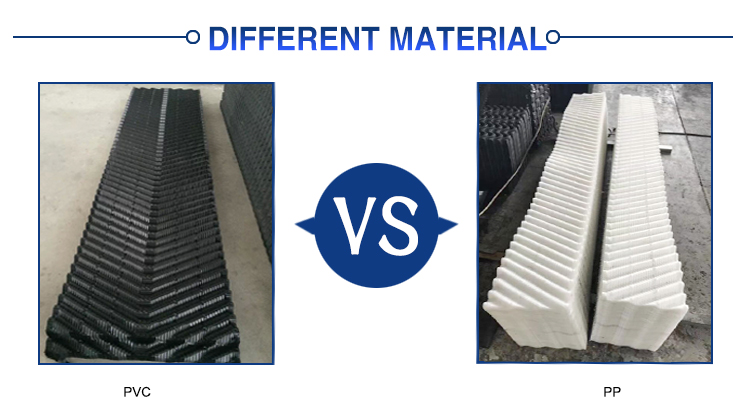How Material of Construction Relates to Drift Elimination
The two most common polymers used in cooling tower fills and drift eliminators are polyvinyl chloride (PVC) and polypropylene (PP). Both materials offer the benefits of durability, compatibility with the water environments of most cooling towers and processes, and cost-effective manufacturing techniques to provide many different engineered profiles suitable for cooling tower uses. However, one of the impediments that both polymers present is their hydrophobic nature. The surface energy of PVC and PP are high enough to want to repel water and make it bead up on the surface. Unfortunately this action is detrimental to the performance of fills and drift eliminators, which achieve their full potential when the water fully wets the polymer surface.
Drift eliminators are affected the same way as fills when it comes to their performance in relation to surface conditioning. The efficiency of a drift eliminator relies on the captured drift droplets forming a thin film of water on the drift eliminator surface so that the water drains back into the wet section of the cooling tower properly. Any beads of water on the surface are exposed to the air stream and are susceptible to being stripped off the drift eliminator and exiting the tower.
Welcome to contact us if you have any question: summer@coolingtowerinfill.com
